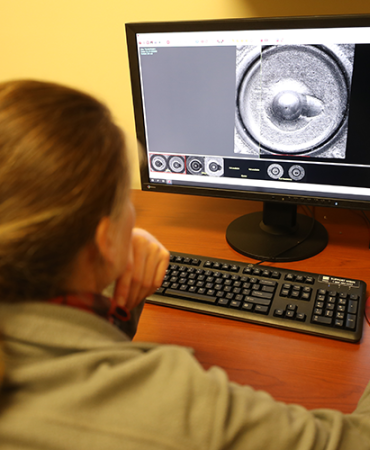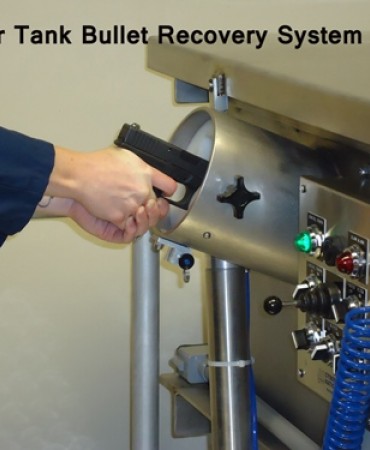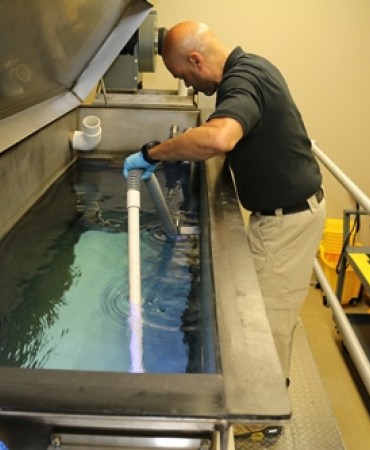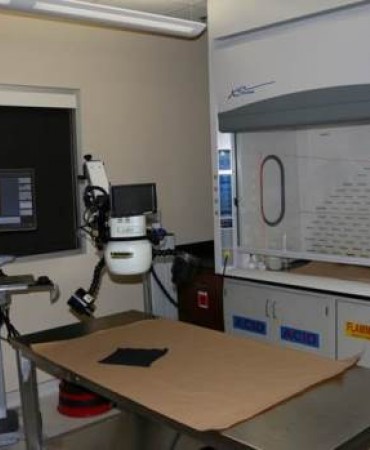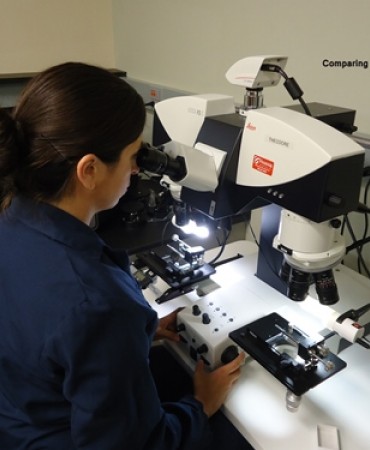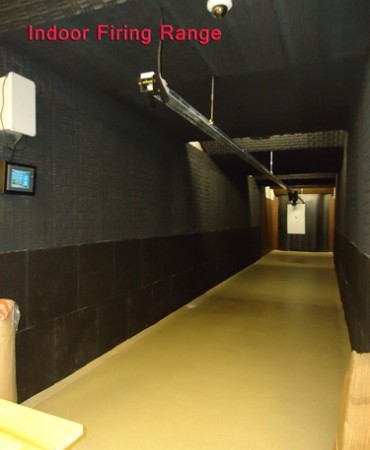The Firearm and Tool Mark Identification Unit provides the comparative forensic analysis of evidence submitted from incidents involving firearms. This is accomplished primarily by the microscopic examination of fired bullets, cartridge cases and/or other ammunition components to determine whether they were fired by a particular firearm.
In addition to the microscopic examination of ammunition components, the Unit is also responsible for the following:
- Muzzle to Target Distance Determination Examinations, which involves the process of determining the distance of the firearm’s muzzle to the target based upon patterns of gunpowder or gunshot residues deposited upon that target.
- Restoration of obliterated serial numbers through the application of scientific techniques.
- Function Testing of Firearms, which involves the examination of a firearm’s mechanical condition and operation to determine if all safety features are operable and/or if the firearm is capable of firing a cartridge.
- Tool Mark Examinations to determine if a tool mark was produced by a particular tool.
- National Integrated Ballistic Information Network (NIBIN). Evidence collected from shooting incidents is entered into the database to establish potential links, or “Leads,” between multiple crime scenes where the same firearm(s) was used. Leads generated through the National Integrated Ballistic Information Network database are currently being used by Local, State, and Federal Law Enforcement agencies to assist in the investigation of multiple shooting incidents.
Some of the Instruments used are:
- Comparison Microscopes
- National Integrated Ballistic Information Network BrassTrax Acquisition Units and MatchPoint Correlation Units
- Stereo Microscopes
- Bullet Recovery Water Tank
- Indoor Shooting Range
Supervisor
Additional Staff
- 5 Forensic Scientists
- 5 Forensic Technicians


